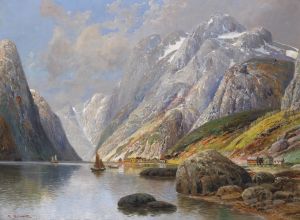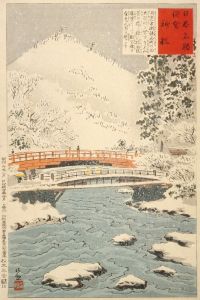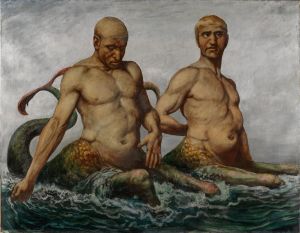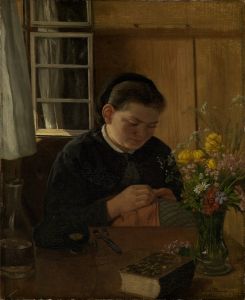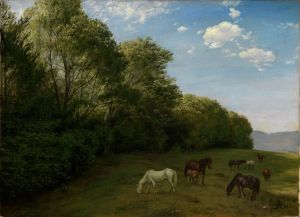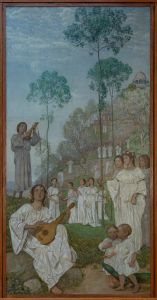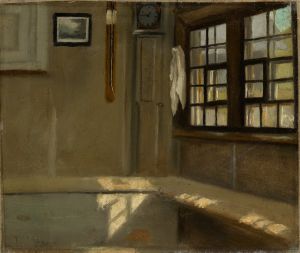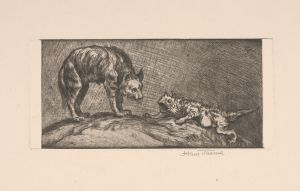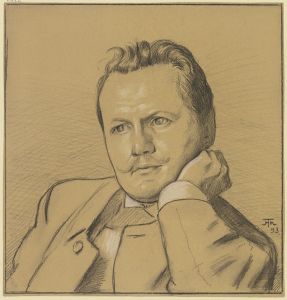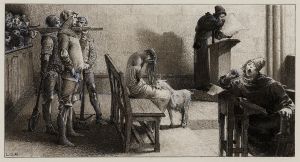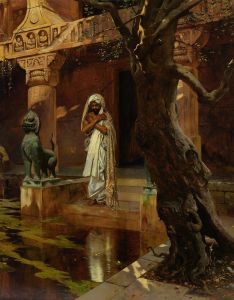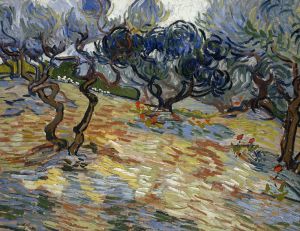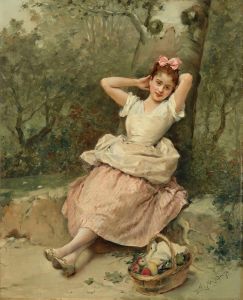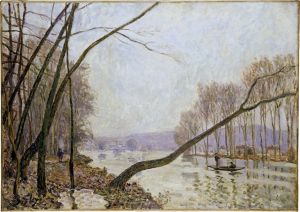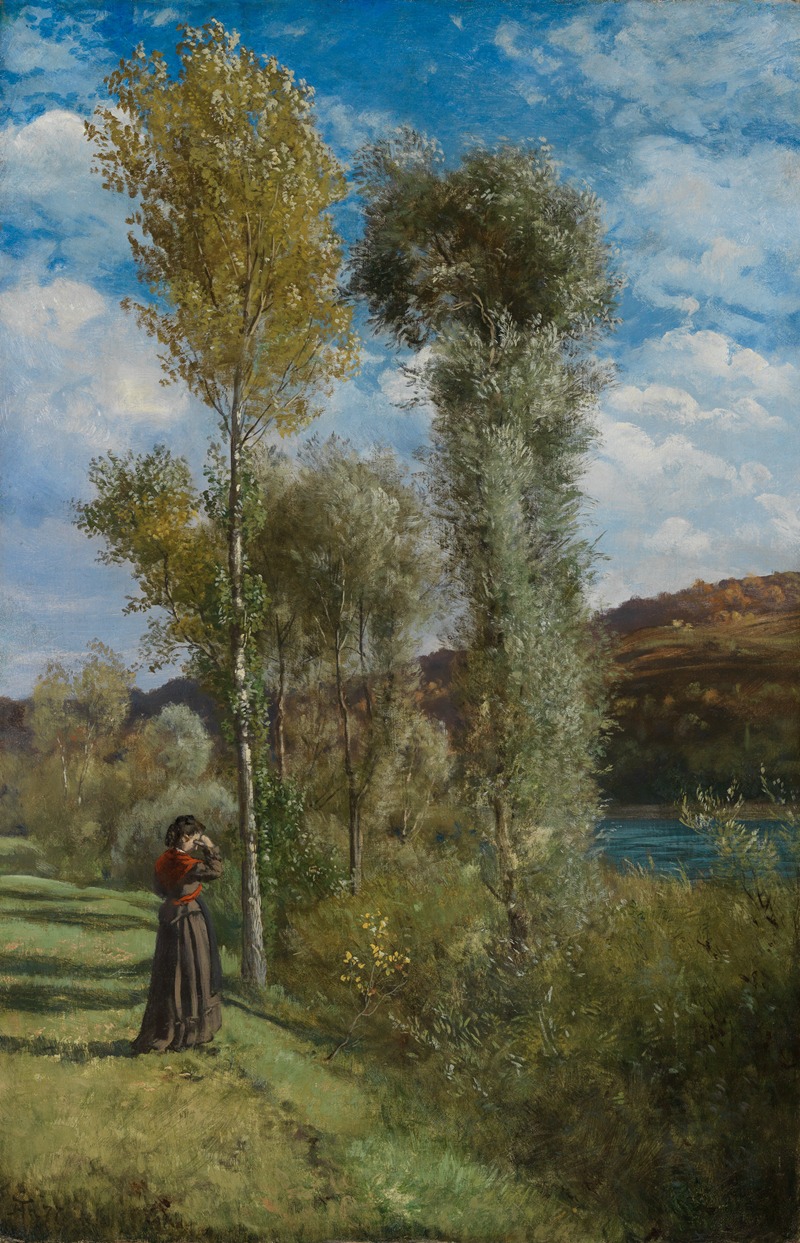
Herbsttag am Oberrhein
A hand-painted replica of Hans Thoma’s masterpiece Herbsttag am Oberrhein, meticulously crafted by professional artists to capture the true essence of the original. Each piece is created with museum-quality canvas and rare mineral pigments, carefully painted by experienced artists with delicate brushstrokes and rich, layered colors to perfectly recreate the texture of the original artwork. Unlike machine-printed reproductions, this hand-painted version brings the painting to life, infused with the artist’s emotions and skill in every stroke. Whether for personal collection or home decoration, it instantly elevates the artistic atmosphere of any space.
Hans Thoma's Herbsttag am Oberrhein (translated as "Autumn Day on the Upper Rhine") is a painting by the German artist Hans Thoma, who was active during the 19th and early 20th centuries. Thoma, born in 1839 in Bernau in the Black Forest, is known for his landscapes, portraits, and genre scenes, often inspired by the natural beauty of his native region and the traditions of German Romanticism.
The painting depicts a serene autumnal scene along the Upper Rhine, a region that spans parts of Germany, France, and Switzerland. Thoma's work often reflects his deep connection to the landscapes of southern Germany, and this painting is no exception. The composition features warm autumnal tones, with trees shedding their leaves and a tranquil atmosphere that captures the essence of the season. The Rhine River, a recurring motif in Thoma's works, is likely present in the background, though specific details about the exact composition of this painting are not widely documented.
Thoma's style is characterized by a blend of realism and idealism, and his works often evoke a sense of nostalgia and harmony with nature. Herbsttag am Oberrhein exemplifies these qualities, showcasing his ability to convey the beauty and tranquility of the natural world. The painting reflects the influence of earlier German Romantic painters, such as Caspar David Friedrich, while also incorporating elements of the emerging Realist movement of the 19th century.
Hans Thoma achieved significant recognition during his lifetime, particularly in Germany, where he was celebrated as a national artist. He served as the director of the Karlsruhe Art Gallery and was associated with the Munich Secession, a group of artists who sought to break away from traditional academic art. His works, including Herbsttag am Oberrhein, continue to be appreciated for their technical skill and emotional resonance.
The exact date of creation for Herbsttag am Oberrhein is not clearly documented, nor are the circumstances of its commission or its current location. However, it remains an example of Thoma's enduring legacy as a painter who captured the spirit of the German landscape with sensitivity and precision.





